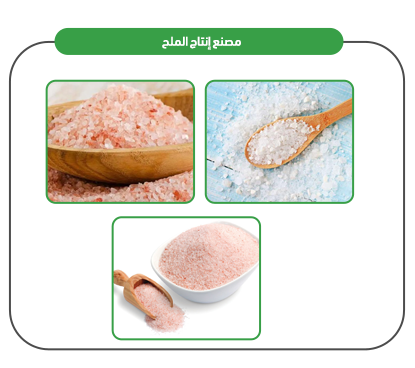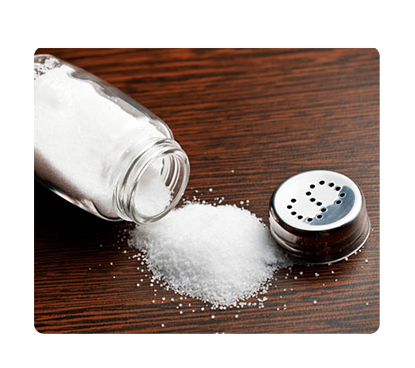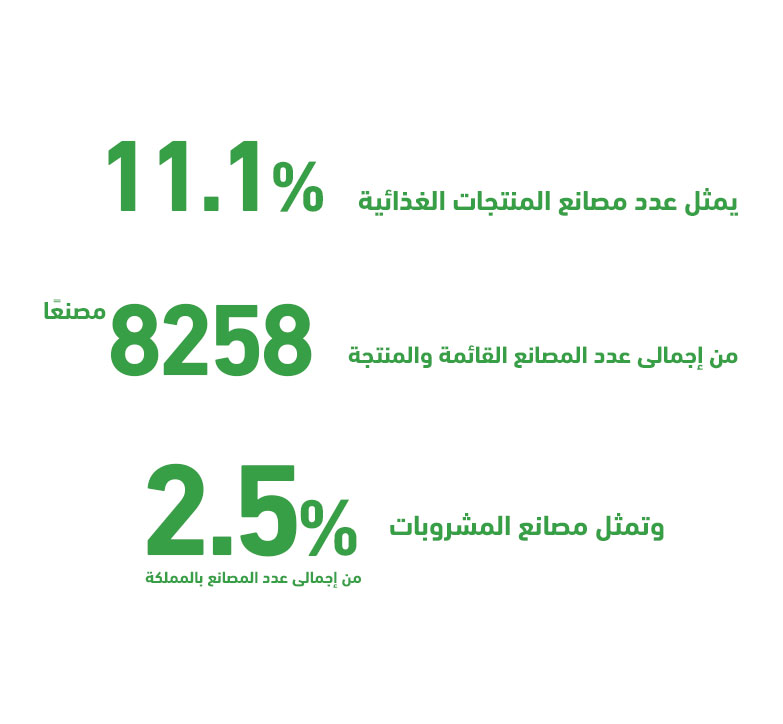Feasibility study of a salt production plant and the project: It is a factory that produces salt suitable for human and industrial consumption, as the salt is extracted directly from seawater.

Feasibility study of a salt production plant and the project: It is a factory that produces salt suitable for human and industrial consumption, as the salt is extracted directly from seawater. <It is collected in basins and the factory produces packages suitable for human consumption, which are small-sized packages known in the market and supermarkets, in different sizes ranging from 250 g to 2 kg.<The production is done through modern and advanced machines to produce high-quality and healthy products. This comes through following quality methods and periodic follow-up of the products as they are used in different sectors.<Such as wholesale and retail stores, supermarkets, hypermarkets, restaurants, hotels and factories as it is an indispensable product.



Executive Summary
Study of project services/products
Market size study.
Risk assessment study.
Technical study
Financial study.
Organizational and administrative study.

The GCC countries comprise 0.7% of the world’s population; however, they represent 3% of global spending on processed foods and beverages; amounting to 102 billion US dollars out of 3.4 trillion US dollars. From this, we conclude that the per capita share of food consumption in the region has increased and exceeded the global level of consumption. This is not surprising if we look closely; the population of the GCC countries now exceeds 58 million people, and there is an estimated 56.3% of this population; falling within the age group between (25 years – 54 years); and the food industries market is based on this important segment; as it is the most vibrant and youthful of all categories. Because the Kingdom of Saudi Arabia accounts for about 59.7% of the total population in all GCC countries; and because its share of the food and beverage market exceeds 53%, “Mashroo3k” Company decided to present indicators of this vital market in this blessed land; according to the latest statistics available to us:
